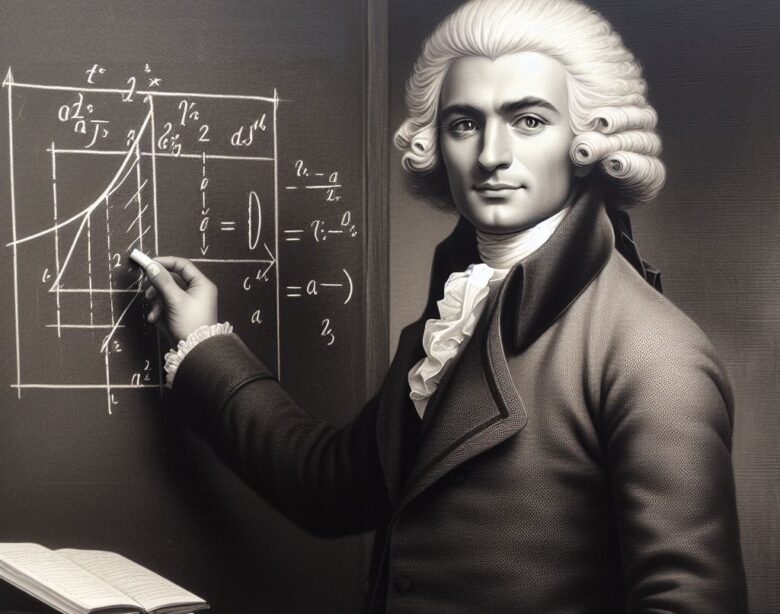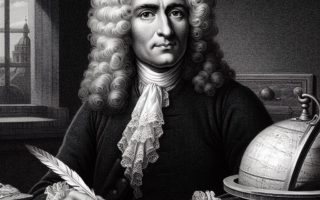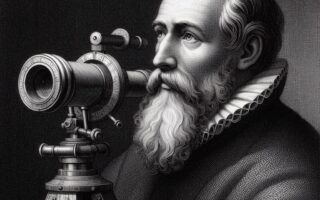The Mathematician Who Charted the Course of Celestial Mechanics
Pierre-Simon Laplace, born on March 23, 1749, in Beaumont-en-Auge, Normandy, France, was one of the most influential mathematicians and astronomers of the 18th and early 19th centuries. Laplace’s work in celestial mechanics, probability theory, and mathematical physics revolutionized our understanding of the universe and laid the foundation for modern mathematical physics.
Early Life and Education
Laplace’s early life was marked by academic excellence and a keen interest in mathematics. He attended the University of Caen, where he studied under the mathematician Pierre Le Canu. Laplace’s talent was evident from a young age, and he quickly distinguished himself as a brilliant mathematician.
Contributions to Celestial Mechanics
One of Laplace’s most significant contributions was his work in celestial mechanics, the study of the motion of celestial bodies under the influence of gravitational forces. In 1780, Laplace published his monumental work, “Traité de mécanique céleste” (Treatise on Celestial Mechanics), in which he presented a comprehensive mathematical model of the solar system based on Isaac Newton’s law of universal gravitation.
Traité de mécanique céleste, t.5
Laplace’s mathematical model allowed him to explain many previously unexplained phenomena, such as the irregularities in the orbits of the planets and the stability of the solar system. His work laid the foundation for the field of celestial mechanics and established him as one of the preeminent astronomers of his time.
Probability Theory and Statistics
In addition to his work in celestial mechanics, Laplace made significant contributions to probability theory and statistics. He introduced the concept of probability as a mathematical discipline and developed the theory of errors, which laid the groundwork for the modern field of statistical analysis.
Laplace Transformations
Laplace transformations are a powerful mathematical tool used to simplify the analysis of linear differential equations. These transformations convert a function of time into a function of a complex variable s, allowing differential equations to be transformed into algebraic equations that are easier to solve. This method is particularly useful for solving differential equations with variable coefficients or nonhomogeneous terms. Laplace transformations are widely used in engineering, physics, and other scientific fields to model and analyze systems that evolve over time.
Later Life and Legacy
Laplace’s influence extended far beyond his own time. His work in celestial mechanics and probability theory paved the way for many future developments in mathematics and physics. Laplace’s equations, which describe the dynamics of a wide range of physical systems, are still used today in fields such as fluid dynamics, electromagnetism, and quantum mechanics.
In conclusion, Pierre-Simon Laplace was a visionary mathematician and scientist whose work revolutionized our understanding of the universe. His contributions to celestial mechanics, probability theory, and mathematical physics laid the foundation for many of the scientific advancements of the modern era. Laplace’s legacy continues to inspire and influence mathematicians and scientists around the world, making him one of the most important figures in the history of mathematics.




